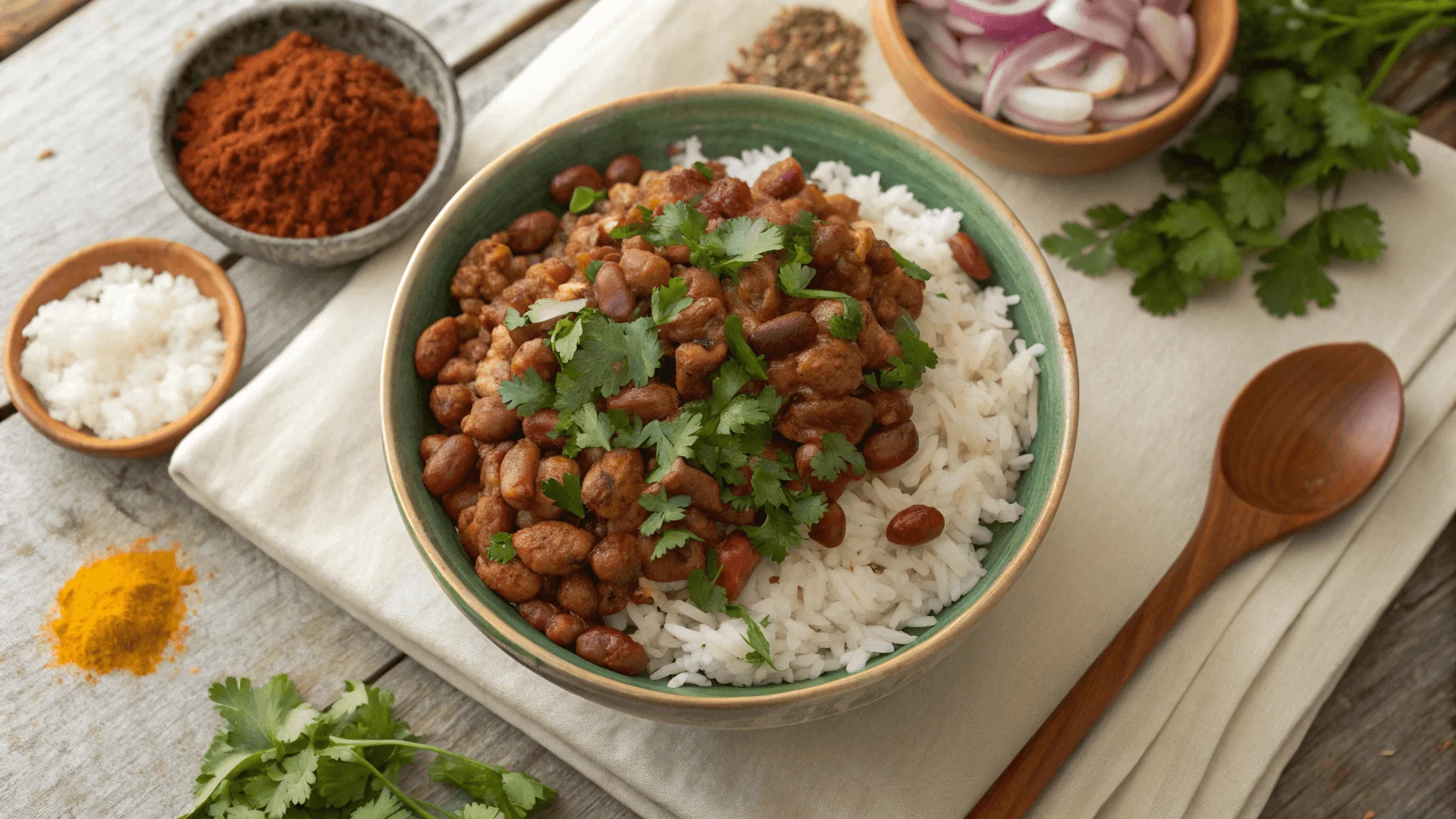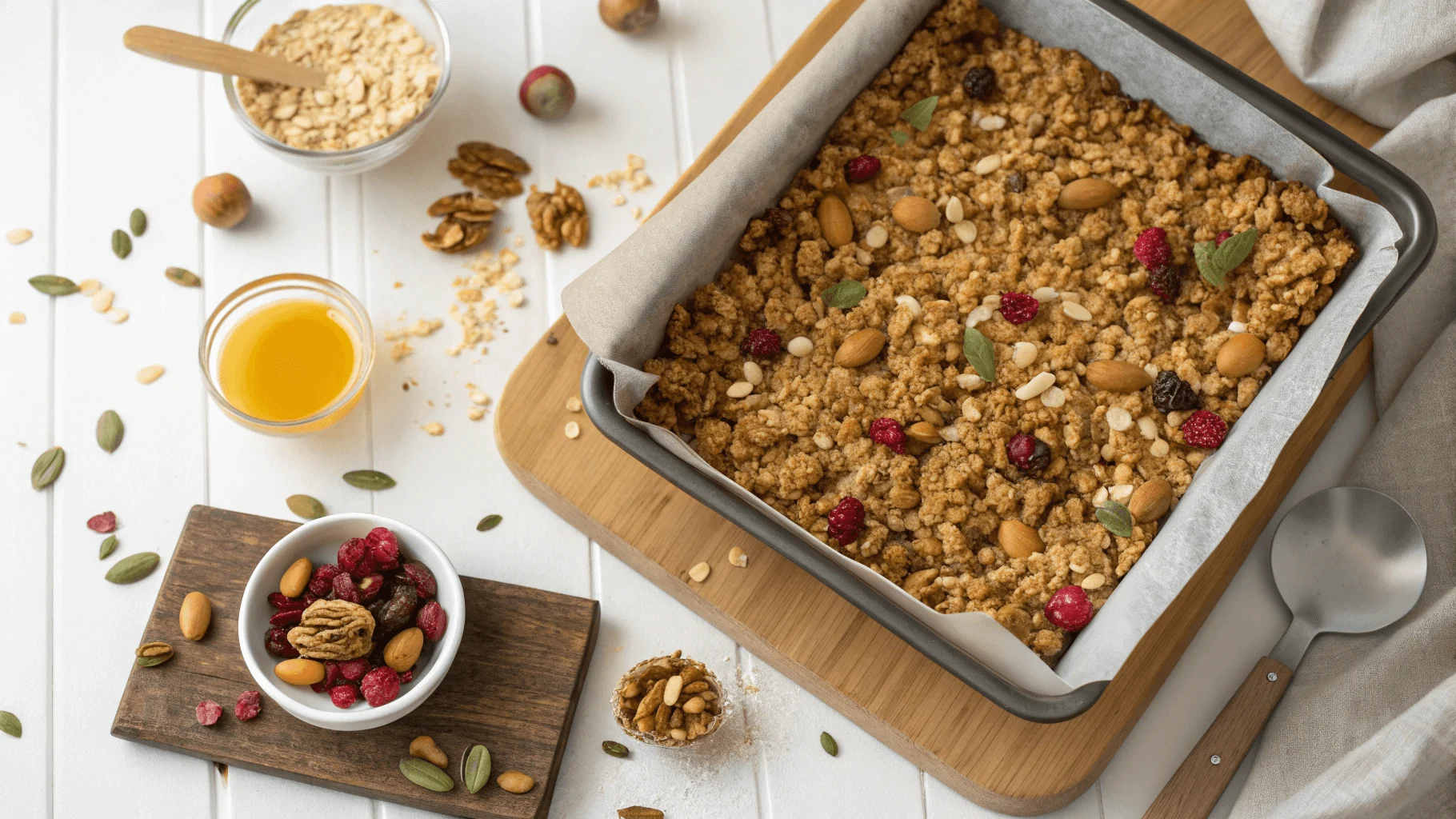Frozen potato gratin is a convenient and delicious side dish that can make meal prep easy without sacrificing flavor. Whether you’re preparing for a family dinner or a quick weekday meal, knowing how to cook frozen potato gratin is essential to ensure the best texture and taste. This guide will cover various methods to cook frozen potato gratin, tips for making it taste fresh, troubleshooting common issues, and how to store and reheat it for future meals.
Preparing Frozen Potato Gratin for Cooking
Before you start cooking frozen potato gratin, there are a few essential steps to follow. First, it’s important to check the instructions on the packaging, as different brands may have slightly different cooking recommendations. Typically, you’ll want to avoid thawing the gratin before cooking, as freezing helps maintain its texture. Here’s a general guide on how to cook frozen potato gratin:
- Remove the gratin from the freezer and unpack it.
- Preheat your oven to the temperature indicated on the packaging, often around 375°F (190°C).
- Place the frozen gratin in a baking dish, and ensure that it is spread evenly.
- Cover the dish with foil to prevent the top from over-browning while cooking.
It’s important to follow the specific instructions on your frozen potato gratin package for best results. Discover more tips about cooking gratin dishes.
Best Cooking Methods for Frozen Potato Gratin
There are several ways to cook frozen potato gratin, depending on your preferences and available equipment. The most common and efficient method is baking, but there are also other techniques worth considering. Here’s how to cook frozen potato gratin using different methods:
- Baking: The best method to preserve texture and flavor. Preheat your oven, and bake for 45 minutes to 1 hour, or until golden brown.
- Microwaving: A quicker method, though it may not result in the same crispy texture. Microwave on high for 10-12 minutes, checking every few minutes.
- Air frying: An excellent way to get a crispy crust. Set the air fryer to 375°F and cook for about 20 minutes, flipping halfway through.
When deciding how to cook frozen potato gratin, consider the amount of time you have and the level of crispiness you desire.
Serving Suggestions and Pairings for Potato Gratin
Potato gratin pairs beautifully with many dishes, making it a versatile addition to any meal. Here are some great ways to serve your frozen potato gratin:
- Roast chicken: A classic pairing that complements the richness of the gratin.
- Grilled steak: The creamy potatoes work wonderfully with a savory grilled steak.
- Salads: A fresh green salad can help balance out the richness of the gratin.
- Vegetable sides: Pairing with roasted vegetables or steamed greens adds variety and nutrition.
Next time you’re thinking about how to cook frozen potato gratin, consider pairing it with one of these delicious options for a complete meal.
Explore creative serving ideas and enhance your potato gratin experience. For pairing inspiration, check out this guide on gratin recipes.
Troubleshooting Common Issues with Frozen Potato Gratin
Sometimes, cooking frozen potato gratin can present a few challenges. Here are some common issues and how to troubleshoot them:
- Gratin is too watery: This can happen if it’s not baked long enough. Extend the cooking time slightly or uncover the dish towards the end to allow excess moisture to evaporate.
- Uneven cooking: If parts of the gratin are undercooked, try rotating the baking dish halfway through the cooking time.
- Gratin is too dry: If the gratin is too dry, consider adding a small amount of milk or cream to the dish before baking to help retain moisture.
By addressing these common problems, you’ll be able to achieve the best possible result when cooking frozen potato gratin. Learn more about optimizing your cooking process here.
What Makes Frozen Potato Gratin Different from Fresh?
Frozen potato gratin offers the same great taste and texture as freshly made versions, but with added convenience. One of the primary differences is the freezing process, which helps to preserve the dish for long periods. However, the freezing process may slightly alter the texture, making it a bit firmer than when freshly made. Here’s a closer look at how frozen and fresh gratin compare:
- Texture: Frozen potato gratin may have a firmer consistency compared to fresh.
- Flavor: Freezing doesn’t significantly impact the flavor, but there may be slight differences due to the freezing and reheating process.
- Shelf Life: Frozen potato gratin can last much longer than fresh, making it a great option for meal prepping.
Ultimately, both options have their advantages, and knowing how to cook frozen potato gratin properly will help you get the best results, whether fresh or frozen.
Nutritional Benefits of Potato Gratin
Potato gratin can be a hearty and satisfying dish, but it’s important to be aware of its nutritional content. Here are the key nutritional factors of potato gratin:
- Carbohydrates: Potatoes are a great source of complex carbohydrates, providing energy.
- Fats: Potato gratin can be high in fats due to the cream and cheese used in the recipe.
- Vitamins: Potatoes provide vitamin C and B6, essential for immune function and metabolism.
While delicious, potato gratin should be enjoyed in moderation as part of a balanced diet.
How to Store Frozen Potato Gratin for Maximum Freshness
To keep frozen potato gratin fresh and ready for use, it’s crucial to store it properly. Here’s how you can ensure your frozen gratin stays in top condition:
- Keep it tightly sealed: Store the gratin in its original packaging, or wrap it securely in plastic wrap and foil to avoid freezer burn.
- Freeze it promptly: For best results, freeze the gratin as soon as possible after preparation or purchase.
- Use within the recommended timeframe: Although potato gratin can last for several months, it’s best to consume it within 3-4 months for optimal flavor.
Knowing how to store frozen potato gratin correctly will help you preserve its quality for future meals.
Choosing the Right Type of Potato for Gratin
When making potato gratin, selecting the right type of potato is key to achieving the best texture and flavor. Some potatoes are better suited for gratins than others. Here’s how to choose the right potatoes:
- Russet potatoes: Known for their starchy content, russets create a creamy texture when cooked in a gratin.
- Yukon Gold potatoes: These potatoes are ideal for gratins because they have a naturally buttery flavor and a waxy texture.
- Red potatoes: If you prefer a firmer texture, red potatoes are a good choice, as they hold their shape well during cooking.
When learning how to cook frozen potato gratin, consider the type of potato used to enhance the overall dish.
How to Add Flavor Variations to Potato Gratin
Adding flavor variations to your potato gratin can make it even more exciting. Here are some ways to customize your gratin:
- Cheese: Experiment with different cheeses, such as Gruyère, cheddar, or Parmesan, for added richness.
- Herbs: Fresh herbs like thyme, rosemary, or parsley can enhance the flavor of the gratin.
- Garlic: Adding minced garlic or garlic powder can infuse the dish with a savory depth.
By adding these ingredients, you can make how to cook frozen potato gratin an even more flavorful experience.
Is Frozen Potato Gratin Suitable for Special Diets?
Frozen potato gratin is not typically considered suitable for all special diets due to its high fat and dairy content. However, with some modifications, it can be adapted for certain dietary preferences:
- Gluten-free: Most potato gratin recipes are naturally gluten-free, but be sure to check the ingredients for any hidden gluten sources.
- Vegetarian: Potato gratin is usually vegetarian, but if it contains meat, consider making a meat-free version.
- Dairy-free: For those avoiding dairy, substitute cream and cheese with non-dairy alternatives like coconut cream and vegan cheese.
Knowing how to cook frozen potato gratin with these modifications can help you make it compatible with different diets.
How to Reheat Leftover Frozen Potato Gratin
If you have leftover frozen potato gratin, you’ll need to reheat it properly to maintain its taste and texture. Here’s how to reheat:
- In the oven: Preheat the oven to 350°F (175°C) and bake the gratin for 20-30 minutes, covered with foil to prevent it from drying out.
- In the microwave: Microwave on high for 5-8 minutes, stirring halfway through.
By reheating leftovers properly, you’ll enjoy the full flavor of your frozen potato gratin again.
Freezer-Friendly Cooking Tips for Potato Gratin
Freezing potato gratin is an excellent way to preserve it for future meals. Here are some tips for making your gratin freezer-friendly:
- Portion it out: Freeze individual portions of gratin so you can easily thaw and cook as needed.
- Allow it to cool: Let the gratin cool completely before freezing to avoid condensation and freezer burn.
- Wrap it tightly: Use plastic wrap, foil, or freezer bags to seal the gratin for long-term storage.
These freezer-friendly tips will ensure your frozen potato gratin is always ready to enjoy.
How to Make Homemade Potato Gratin to Freeze
If you prefer homemade potato gratin, you can easily make it in advance and freeze it. Here’s how:
- Prepare the gratin as usual, following your recipe.
- Allow it to cool completely before transferring it to a freezer-safe container.
- Wrap the container securely and freeze.
Homemade gratin can be stored in the freezer for up to 3-4 months. Knowing how to cook frozen potato gratin will help you enjoy your homemade version just as much as store-bought.
How Long Does Frozen Potato Gratin Last in the Freezer?
Frozen potato gratin can last for several months in the freezer, typically up to 4 months, if stored properly. To ensure it stays fresh, always check the packaging for any expiration or “best by” dates.
Are There Any Health Risks to Eating Frozen Potato Gratin?
While frozen potato gratin is generally safe to eat, there are a few health considerations to keep in mind:
- Storage: Improper storage, such as leaving it out at room temperature for too long, can lead to bacteria growth.
- High-fat content: Potato gratin is often high in fat and calories, so it should be eaten in moderation, especially for those on a low-fat diet.
It’s important to follow how to cook frozen potato gratin instructions to avoid these risks.
How to Tell If Frozen Potato Gratin Has Gone Bad
If you’re unsure whether your frozen potato gratin is still good, look for the following signs:
- Freezer burn: White or grayish patches on the surface indicate freezer burn, which can affect taste and texture.
- Off smell: If it smells sour or rancid after reheating, it’s best to discard it.
- Change in texture: If the gratin has an overly mushy or slimy texture, it may no longer be safe to eat.
These signs can help you determine if your frozen potato gratin is still good.
FAQs
- Can I cook frozen potato gratin without thawing?
Yes, it’s best to cook frozen potato gratin directly from the freezer without thawing for optimal texture. - How do I prevent the gratin from being too watery?
Bake the gratin longer, uncovered, to allow excess moisture to evaporate. - Can I make my own potato gratin to freeze?
Yes, you can prepare your own potato gratin, let it cool, and freeze it for future use.
Conclusion
Knowing how to cook frozen potato gratin ensures you can enjoy this rich, creamy dish with minimal effort. By following the right preparation, cooking, and storage techniques, you can easily make this dish a part of your regular meal rotation. Whether you’re reheating leftovers, experimenting with flavors, or making your own to freeze, frozen potato gratin is a versatile and delicious choice for any occasion.






4 thoughts on “How to Cook Frozen Potato Gratin: Easy and Delicious Methods”